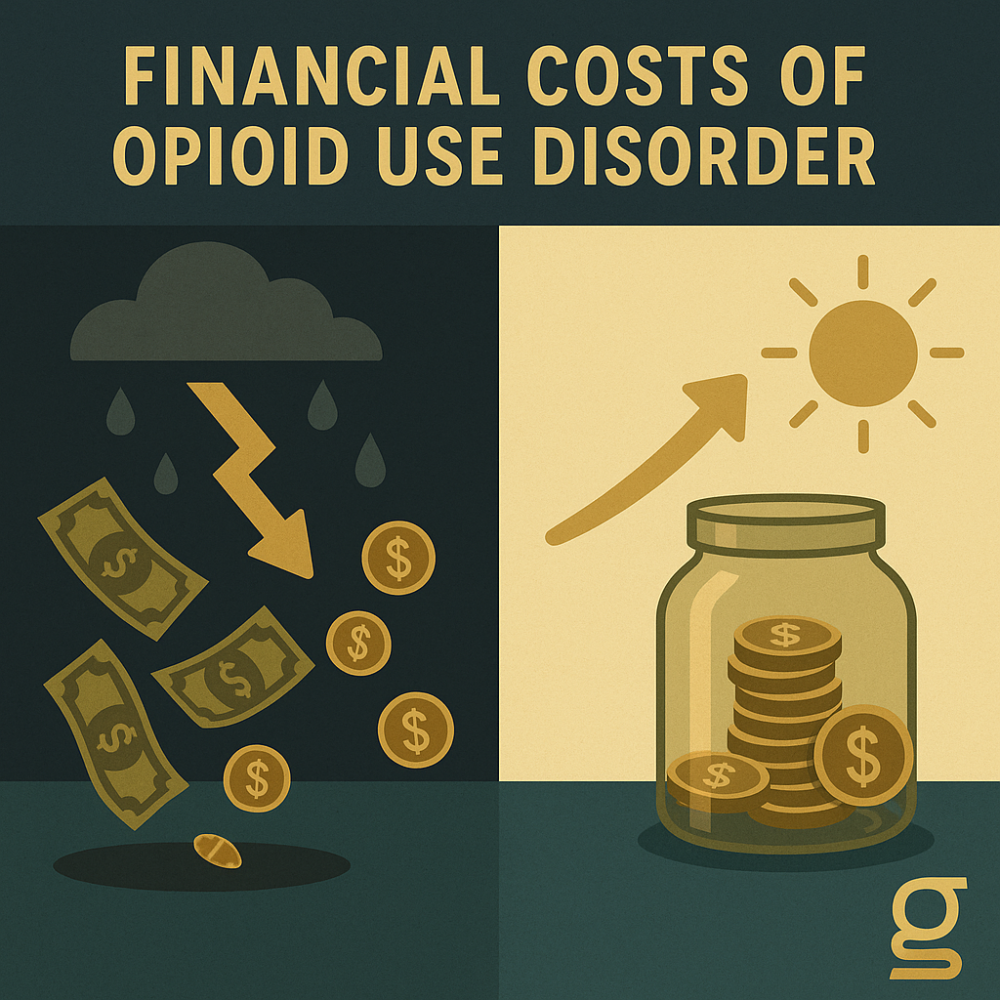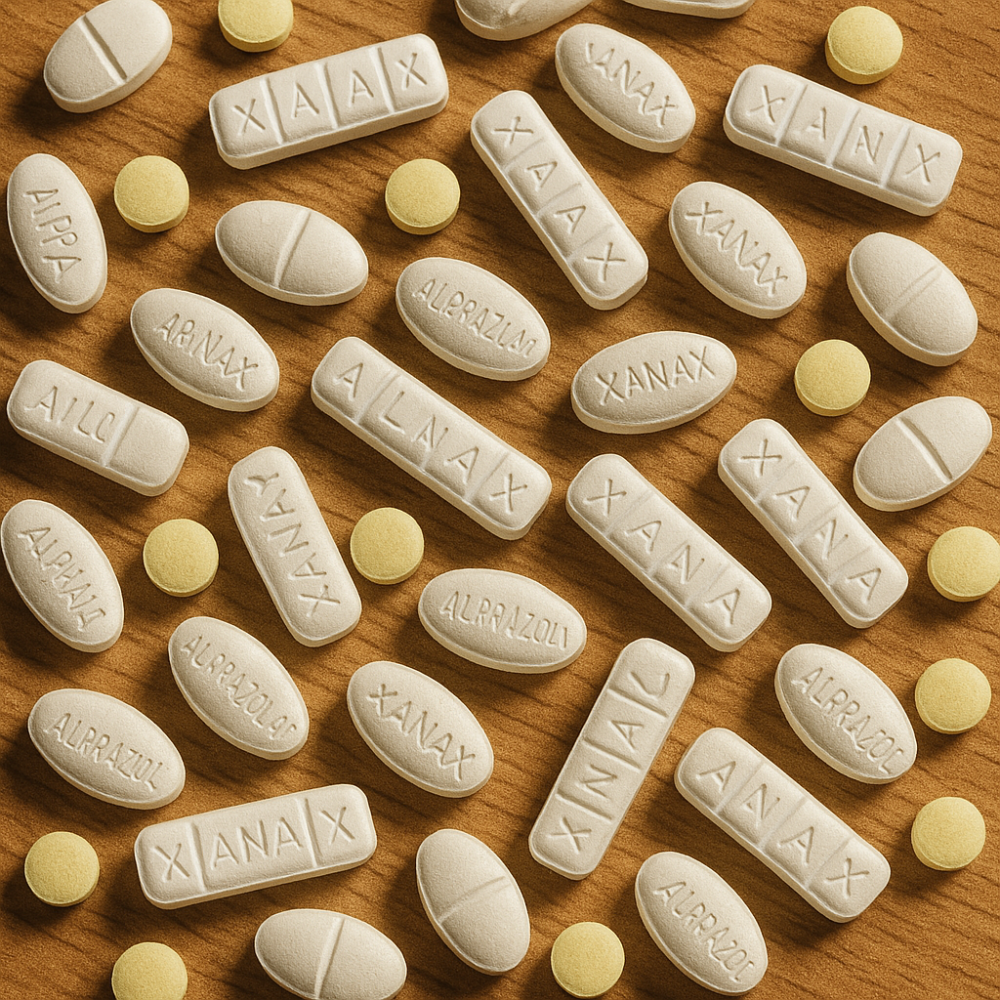Club drugs are common substances used across “party” platforms, such as raves and clubs. People may use these drugs to feel less inhibited, more social, and enhance their senses. However, with the COVID-19 pandemic, raves and clubs are no longer open due to social distancing restrictions. However, people who have developed substance use disorder (SUD) related to club drugs may take their use into their home environment. Additionally, with the creation of virtual raves and happy hours, club drug use has continued in the home setting. Not only are these drugs dangerous to use, but stopping use is dangerous as well. Withdrawal symptoms can be uncomfortable, frightening, and even life-threatening and should always be monitored in the presence of medical professionals.
What Are Club Drugs?
Club drugs gained popularity when raves began in England and the United States in the 1980s. Raves are dance parties that started in abandoned places but soon became widespread and held in clubs in big cities. With electronic music playing and colorful strobe lights, rave drugs may be taken to enhance the experience and keep individuals awake into the morning.
Common ones include LSD (acid), MDMA (ecstasy), ketamine, GHB, methamphetamine, and Rohypnol. Most club drugs are stimulants or hallucinogens, but some, such as GHB, are depressants. Stimulants are substances that cause the brain and central nervous system to go into overdrive by boosting alertness, increasing motor activity, removing fear, and improving mood. Hallucinogens cause you to see or hear things that are not there. Depressants are the opposite of stimulants, slowing down the central nervous system.
Development of Substance Use Disorder (SUD)
While using club drugs in the nightlife scene, some individuals may have developed SUD. There are 11 criteria used to diagnose SUD and the number of criteria an individual meets determines the severity of SUD. Individuals addicted to club drugs may continue use at home with social distancing restrictions causing shutdowns of nightclubs and raves.
Virtual Raves, Happy Hours, and Drugs Used in Clubs
The COVID-19 pandemic has led to widespread social distancing measures. Social distancing has affected nightlife, with many governments temporarily banning gatherings in nightclubs or raves. However, some forms of nightlife have moved online and virtual raves and happy hours have become popular for people to socialize and experience DJ performances while social distancing.
According to the National Center for Biotechnology Information, virtual happy hours, in particular, have become more common. However, this term applies to various social gatherings, whether or not drug or alcohol consumption is involved.
Virtual raves are DJ events that are typically broadcasted live to thousands or even millions of people around the world through Twitch or other platforms. While some virtual raves are small, others are hosted by major festival promoters. For example, Electric Daisy Circus, the largest electronic dance music (EDM) dance festival in the US, held a virtual rave-a-thon featuring many leading international EDM DJs.
In one study, 128 adults were asked about virtual raves and happy hours, with 55.5% of participants having attended virtual raves and 69.5% of participants having attended virtual happy hours. Amongst this population, 40.9% of people reported that they used illegal drugs during virtual raves. During virtual happy hours, 33.7% of people reported using illicit drugs.
The Effects of Drugs in Clubs
Club drugs can have numerous adverse effects, both physical and mental. When taken in nightlife settings, these drugs’ effects can be exacerbated through circumstances such as heat and dehydration. However, club drugs are just as dangerous when taken at home.
They are human-made, meaning there can be different ingredients added without a person’s knowledge. Due to such additives, reactions to club drugs will vary from person to person. However, typical side effects may include:
- Problems with memory
- Blurred vision
- Dizziness
- Increased heart rate
- Change in blood pressure
- Dehydration
- Drowsiness
- Nausea and vomiting
- Seeing or hearing things that aren’t there
- Loss of consciousness
- Acting aggressively
- Impaired judgment
- Seizures
- Coma
- Death
Club drugs used over an extended period can have severe consequences on the body, including:
- Impaired memory
- Liver and kidney failure
- Heart palpitations
- Heart complications
- Problems sleeping
- Brain damage
- Disturbing emotional reactions
Stopping the Use of Club Drugs
An individual with substance use disorder (SUD) will experience withdrawal symptoms when trying to stop using club drugs. Withdrawal symptoms will vary depending on what specific substance was used, how long it was used, how much was used, and whether it was used with any other drugs or alcohol. Due to the unpredictability of what club drugs are made with, withdrawal symptoms can also be challenging to predict. However, common withdrawal symptoms of club drugs include:
- Depression
- Fatigue
- Difficulty concentrating
- Loss of appetite
- Chills
- Fever
- Irritability
- Nausea and vomiting
- Insomnia
- Tremors
- Anxiety
- Seizures
With the unpredictable nature and potentially life-threatening consequences of withdrawal symptoms, it is imperative to go through the detox process with medical professionals. Medical detox is essential for successful aftercare and recovery for patients withdrawing from club drugs. At Gallus Medical Detox Centers, we use evidence-based medical protocols to help you withdraw comfortably and safely. There is hope for recovery.
Club drugs are common substances used across “party” platforms, such as raves and clubs. With the COVID-19 pandemic, raves and clubs are no longer open due to social distancing restrictions. However, people who have developed substance use disorder (SUD) related club drugs may continue to use them in a home environment. Additionally, with the creation of virtual raves and happy hours, individuals have been continuing to use. Stopping the use of club drugs can cause uncomfortable, frightening, and even life-threatening withdrawal symptoms.
At Gallus Medical Detox Centers, we use proprietary, evidence-based medical protocols that prioritize our patient’s comfort and safety to guide them through the detox process. Our expert staff will help you create an individual recovery plan, identifying resources, and next steps in your aftercare journey. We provide personalized treatment that is delivered in a safe and peaceful environment.


 Steve B
Steve B 

 Casey Wilson
Casey Wilson